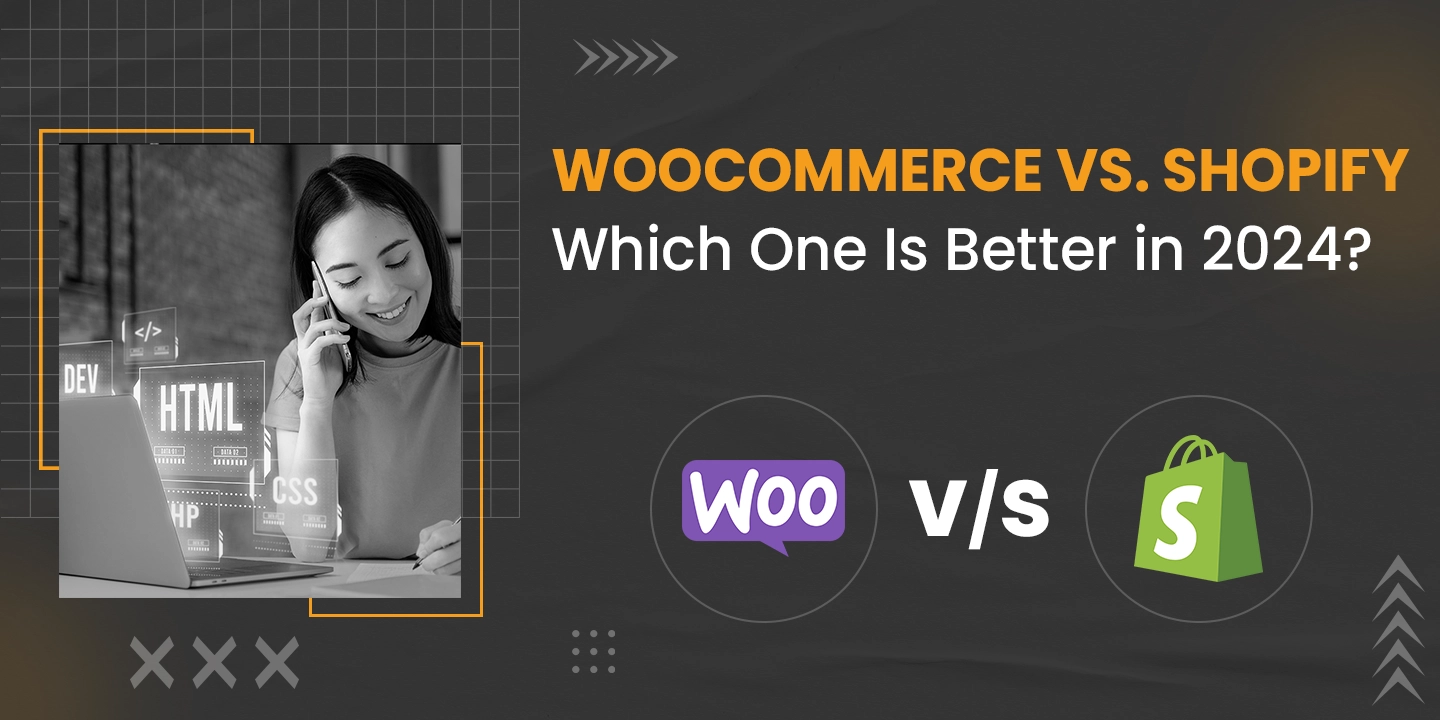Creating an Omnichannel Experience for Indian Retailers with Shopify POS

According to eMarketer, e-commerce sales are expected to surpass $5 trillion this year. However, the surge in retail sales is not confined to the online domain alone.
Industry experts anticipate a growth of 2.6% to 3.4% in brick-and-mortar sales by 2025, with in-store spending reaching $702.17 billion this year—surpassing online spending at $603.68 billion.
This increase is attributed to a straightforward reason: more merchants are embracing the “clicks and bricks” omnichannel model. This approach saves time and facilitates business expansion, aligning with the anticipated trends in The Future of Retail.
In essence, sellers are capitalizing on the substantial opportunities within the retail sector by integrating and expanding both offline and online operations, creating a unified retail experience.
Imagine entering a clean, well-kept store with friendly personnel, free samples, good lighting, and music that you enjoy. Imagine the opposite: a retail establishment with unkempt shelves, grumpy sales staff, and a perplexing design. Which one would you most likely want to return to?
Customer experience encompasses all facets of how customers feel about your physical or virtual store and can significantly influence how people see your company. In this blog we will talk about Shopify development service company in India and Omnichannel Experience for Indian Retailers with Shopify POS.
What Is Retail Customer Experience?
A consumer’s engagements with a retail outlet, including in-person and virtual store experiences, are collectively called the retail customer experience.
Every retailer, including a Shopify development agency in India, wants to create unique shopping experiences for their patrons. Compared to a small online boutique, pop-up shops prioritize something very different from huge retail chains, and both want to create a truly unique experience.
Even if these companies have different methods, they all have the same goal: creating happy, repeatable clients who make purchases. When it comes down to it, a store that succeeds in cultivating recurring business will probably have more success than one that doesn’t.
Steps to Build an Omnichannel Strategy
From the consumer’s perspective, omnichannel provides an excellent shopping experience that efficiently shortens the customer journey; but, from the retailer’s perspective, it takes a lot of work to manage all strategies and channels effectively.
Prioritizing all client preferences, wants, and needs is essential when establishing a strategy to reach your target audience on many platforms, including the Shopify development services in India.
Additionally, it will assist you in developing a customized encounter for your patrons. Take a look at the simple guidelines for developing an omnichannel plan.
Step 1: Analyzing customer data
Knowing which platform and channel your customers prefer and what they anticipate from those channels is the first step in developing an omnichannel strategy. Using this data, you may maximize and concentrate on your clients’ touch points, including the Shopify development company India.
You may also see how your customers engage with your company initially and progress towards making purchases. The following are some questions to think about to conduct an efficient consumer data analysis:
- What is the preferred shopping venue for your customers—online platforms or brick-and-mortar stores?
- Which devices do they favor when making purchases?
- What types of issues, challenges, and barriers do they encounter during the shopping process?
- In what manner do they engage with their preferred brands at each touchpoint?
Step 2: Chart your multichannel path.
The next stage is to design an appropriate, easy-to-use omnichannel journey. Using the data you collected, you can create a list of every point of contact with customers, such as:
- Examine your offerings and reputation.
- Being aware of the items you buy
- Making a support request for customers
- gaining access to the communities of other clients
Step 3: Create multichannel brand guidelines
Next; design omnichannel brand guidelines to provide a consistent appearance and feel across channels. Review your business’s brand voice, visual brand identity, goal statement, and values. You must also provide your team with omnichannel guidelines and train them to use every brand element at every consumer touchpoint.
Also hire Shopify web developer In India and keep your messages, offers, promotions, and branding consistent across mediums. Websites and apps must provide the same level of quickness and accuracy when users need help.
How to Enhance Omnichannel Experience for Indian Retailers
1. Design an experience that runs smoothly
Both the success of a retail business and the satisfaction of its customers depend on an e-commerce platform that is quick, simple, and error-free. Customers may become dissatisfied if they encounter problems such as pages that take too long to load, ambiguity while navigating, or errors when paying.
2. Effective Inventory Management
Brands can strategically engage with various channels to optimize product distribution based on customer demand. Consider the case of Myntra, a prominent online fashion marketplace attracting over 33 million monthly users. However, Myntra transcends the typical eCommerce model.
Over the past five years, Myntra has formed partnerships with numerous brick-and-mortar brands. Collaborating with small-scale offline stores, Myntra encourages them to showcase and promote its lifestyle products. These initiatives enable the brand to deliver seamless omnichannel experiences to its customers.
When faced with slow-moving inventory in physical retail outlets, Myntra redirects these products to different online channels. Conversely, if certain products perform exceptionally well in online stores, the brand adjusts its inventory strategy accordingly.
3. Enhanced Data Optimization
A retail brand adopting an omnichannel strategy benefits from the dual streams of customer data generated through in-store and online interactions, enriching the value of its services. Consider Pepperfry, India’s leading online furniture marketplace, as an illustration.
Initially gaining popularity through online channels, Pepperfry expanded its reach by establishing 32 franchise stores in 25 cities across India since 2019. Implementing an omnichannel approach has resulted in a substantial increase in Pepperfry’s sales.
Pepperfry’s success story underscores the significance of collaborating with a Shopify development company in India. By leveraging the expertise of Shopify developers in India, Pepperfry adeptly amalgamated its online and offline channels, resulting in a notable upsurge in sales.
Pepperfry systematically gathers extensive user data from its well-established online marketplaces. This valuable data finds purpose in Pepperfry’s offline franchise stores, where customers enjoy direct and personalized shopping experiences.
The success of Pepperfry underscores the significance of Shopify development services in India. By partnering with a proficient Shopify development company or hiring a skilled Shopify developer in India, retailers can unlock the full potential of an omnichannel approach, enriching customer experiences and driving sales growth
4. Efficient Marketing Costs
That must have been a pretty penny to merge your brand’s online and offline presence. Not exactly. Merchants, including Shopify web developers in India, can save money, particularly on marketing, by switching to an omnichannel strategy. If a brand is omnichannel, it means it can access other conversion strategies.
Additional leeway for innovative advertising campaigns is another benefit of this brand. For instance, brick-and-mortar stores can only depend on more conventional forms of advertising.
Like an online store, a digital merchant is limited to using digital marketing strategies. Businesses can accomplish both goals with an omnichannel approach. Brand awareness and client loyalty can be enhanced with each and every face-to-face or online engagement.
Conclusion
Shopify POS’s omnichannel adoption is revolutionary for Indian shops. It promotes growth, increases customer involvement, and streamlines processes.
Leading Shopify development company in India 9ecommerce stands out as the perfect partner for the best implementation. Retailers may succeed in the changing market by using their skills to successfully negotiate the challenges of omnichannel retailing and provide a flawless shopping experience.


